If left unchecked, dyslipidemia can lead to the risk of many other dangerous diseases, especially cardiovascular diseases. To prevent and treat this condition, nutrition plays a very important role in controlling blood lipid levels and maintaining overall health.
Nutrition helps prevent and control dyslipidemia
Dyslipidemia includes increased triglycerides, increased cholesterol, increased LDL, and decreased HDL in the blood. If left uncontrolled, this condition can lead to atherosclerosis, high blood pressure, heart failure, and heart stroke.

MSc. Dao Thu Trang, Department of Nutrition and Dietetics, Central Lung Hospital.
Dyslipidemia is caused by many reasons:
- Primary causes are often related to genetics.
- Secondary causes of dyslipidemia mainly come from an unreasonable diet and lifestyle, such as consuming too many calories, saturated fat, and trans fat. In addition, the habit of using alcoholic beverages, which is harmful to the liver, also leads to dyslipidemia.
For these reasons, changing to a healthy diet can completely help prevent and control secondary dyslipidemia.
Fat: Consuming too much fat, especially saturated fatty acids, is one of the main causes of dyslipidemia.
Saturated fatty acids are found in many types of fat and animal organs and are associated with increased blood cholesterol levels and an increased risk of cardiovascular disease. Therefore, reducing the amount of fat in the daily diet and replacing saturated fatty acids (fat, animal organs) with unsaturated fatty acids (vegetable oils, fish oil) can help control blood fat levels.

You should increase green vegetables in your daily diet to help prevent and control dyslipidemia.
Protein: Consuming too much animal protein can increase cholesterol and saturated fatty acids - two main factors causing dyslipidemia. In contrast, plant protein, especially beans, helps reduce the risk of dyslipidemia and cardiovascular diseases. Therefore, it is very important to have a reasonable distribution between animal protein and vegetable protein in the daily diet.
Carbohydrates: Replacing energy from fat in the diet with starch can help control blood lipid levels better. However, it should be noted that consuming too much starch can lead to the risk of type 2 diabetes. Therefore, energy from starch should not account for more than 60% of dietary energy. In addition, choosing foods with a low glycemic index (e.g., brown rice, milled rice, etc.) can also help reduce cholesterol levels in the body, especially for people with diabetes.
Vitamins and minerals: Antioxidants play an important role in fat metabolism, helping to reduce the risk of dyslipidemia. A diet rich in antioxidants can reduce the risk of cardiovascular disease by 20-40%. Vitamin C, vitamin E, and carotene are natural antioxidants that can be found in many foods such as vegetables, fruits, nuts, etc. Supplementing these foods can help prevent the risk of dyslipidemia.
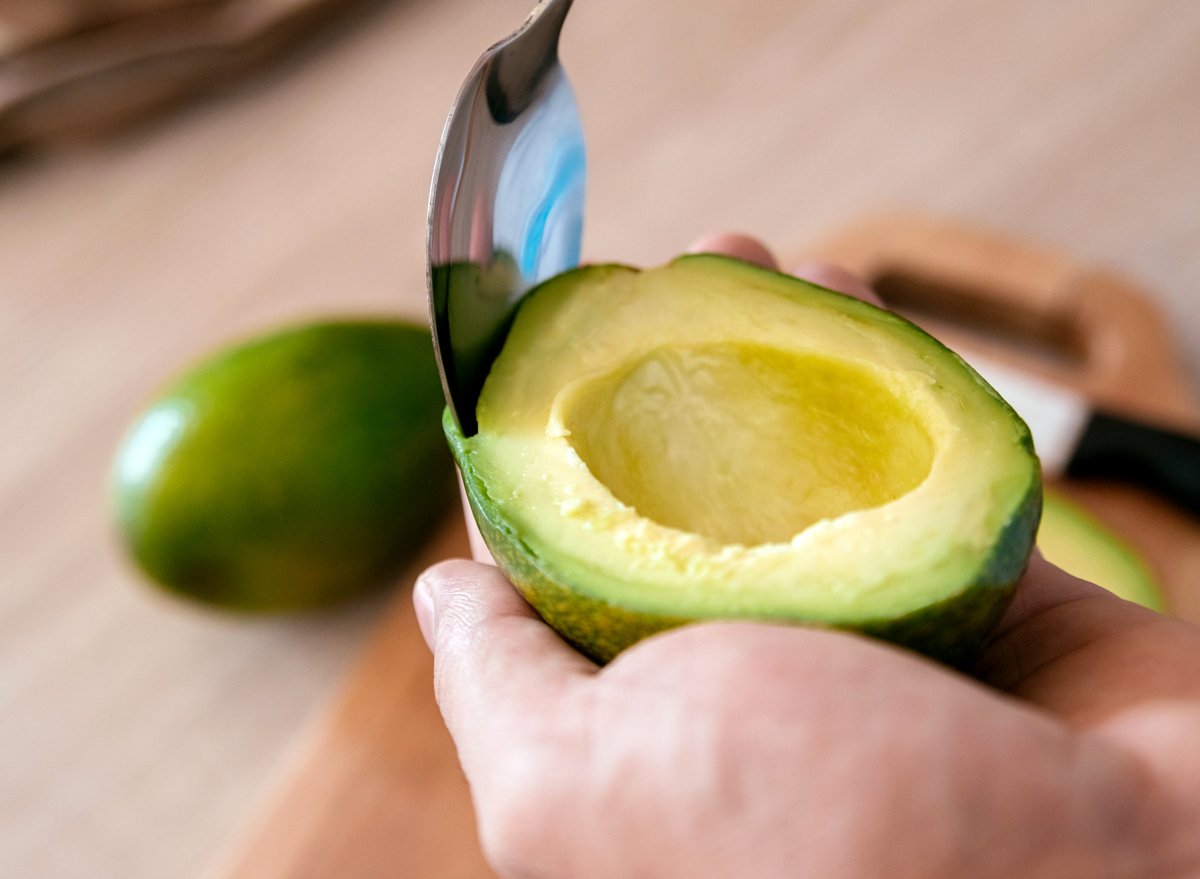
Avocado is one of the good sources of healthy fats for people with dyslipidemia.
General notes on diet to help treat lipid metabolism disorders
Symptoms of dyslipidemia are often unclear. When the patient sees symptoms, dyslipidemia may have led to more complicated diseases such as fatty liver, high blood pressure, cardiovascular disease, etc. However, if the patient is detected with dyslipidemia through regular health check-ups, this disease can be completely controlled through changing the diet.
Most cases of lipid metabolism disorders are due to improper nutrition such as a diet too high in animal fat, foods containing cholesterol, and low in green vegetables and ripe fruits.
Therefore, patients with lipid disorders during treatment need to combine medication, regular exercise and dietary changes.
The diet should reduce fat intake, increase green vegetables and ripe fruits. A suitable diet can help patients achieve their ideal weight, helping fat from food to be metabolized and absorbed completely. Green vegetables and ripe fruits are also food sources that provide abundant vitamins and minerals. These are natural antioxidants that help eliminate excess fat in the body. When there is no excess fat, patients will find it easier to control dyslipidemia.
Changing your diet as soon as possible will be an effective measure to help patients avoid the risk of dyslipidemia or dangerous complications related to this condition.
MSc. Dao Thu Trang
Source: https://giadinh.suckhoedoisong.vn/thuc-hanh-dinh-duong-trong-du-phong-va-dieu-tri-roi-loan-mo-mau-172250327160837856.htm





![[Photo] National Assembly Chairman Tran Thanh Man attends the VinFuture 2025 Award Ceremony](/_next/image?url=https%3A%2F%2Fvphoto.vietnam.vn%2Fthumb%2F1200x675%2Fvietnam%2Fresource%2FIMAGE%2F2025%2F12%2F05%2F1764951162416_2628509768338816493-6995-jpg.webp&w=3840&q=75)
![[Photo] 60th Anniversary of the Founding of the Vietnam Association of Photographic Artists](/_next/image?url=https%3A%2F%2Fvphoto.vietnam.vn%2Fthumb%2F1200x675%2Fvietnam%2Fresource%2FIMAGE%2F2025%2F12%2F05%2F1764935864512_a1-bnd-0841-9740-jpg.webp&w=3840&q=75)

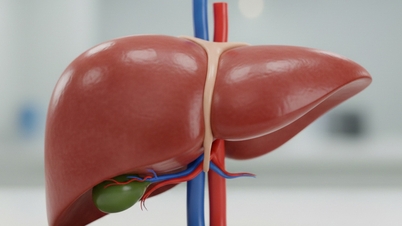


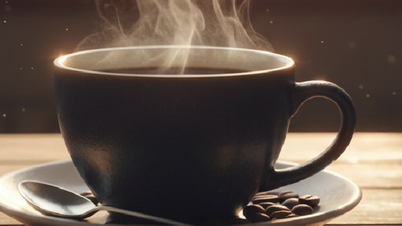









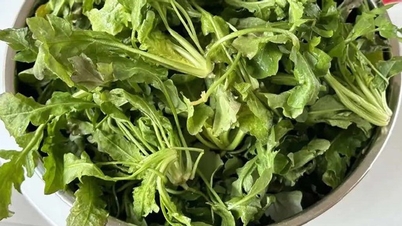


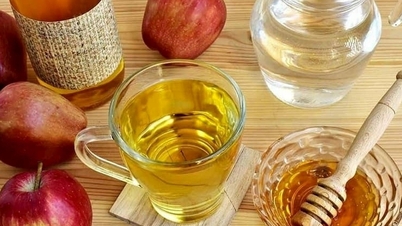
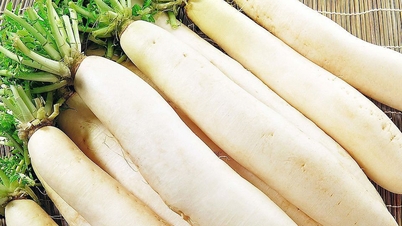








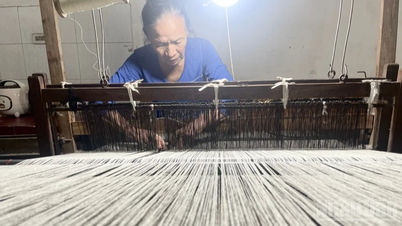















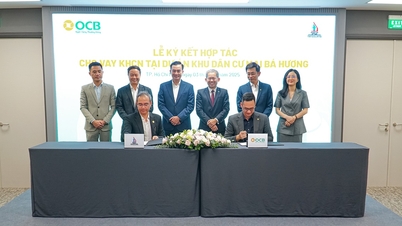



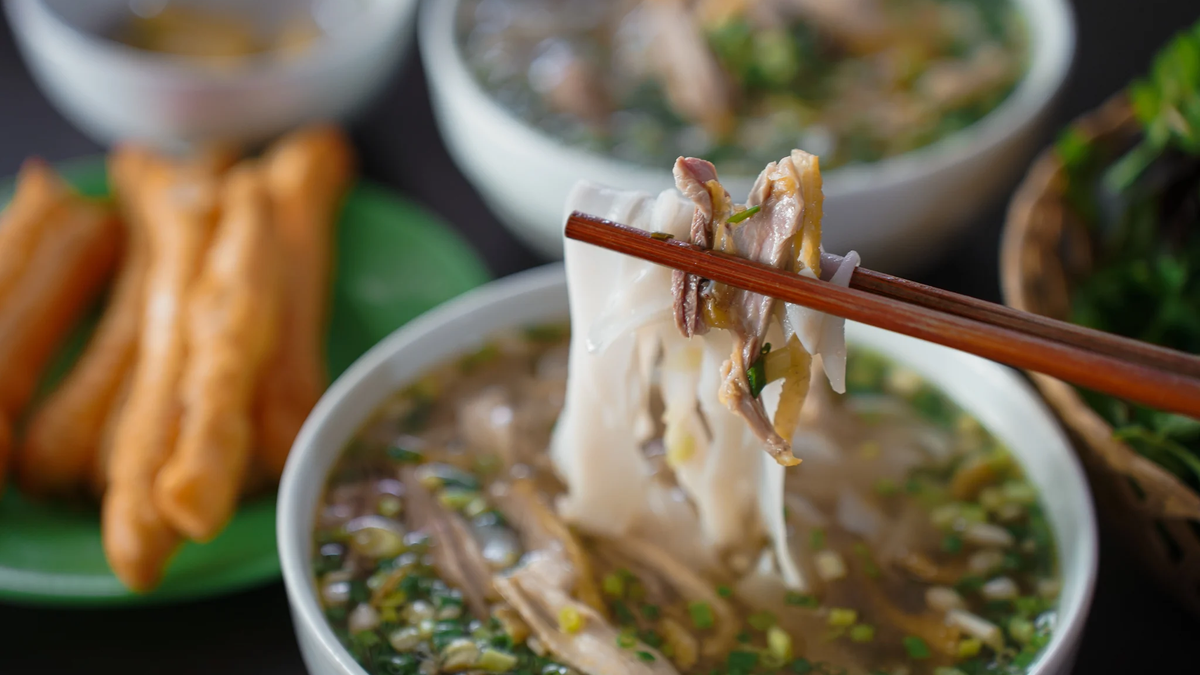


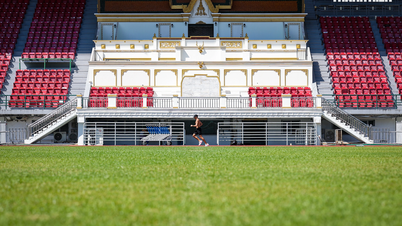

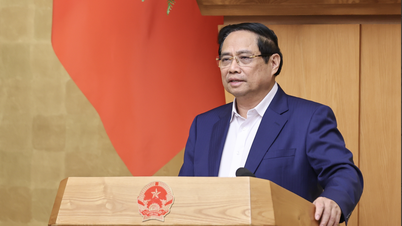

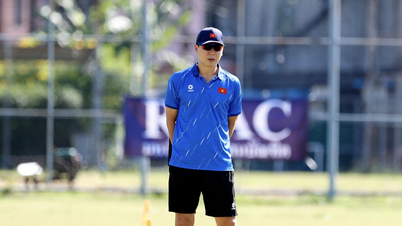








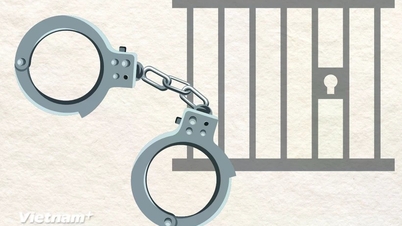



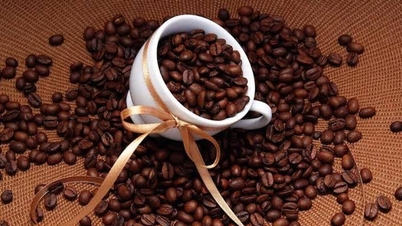













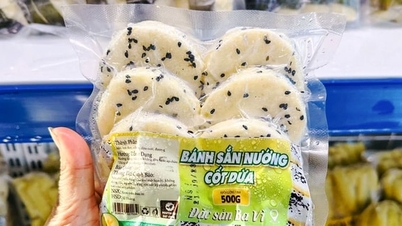












Comment (0)